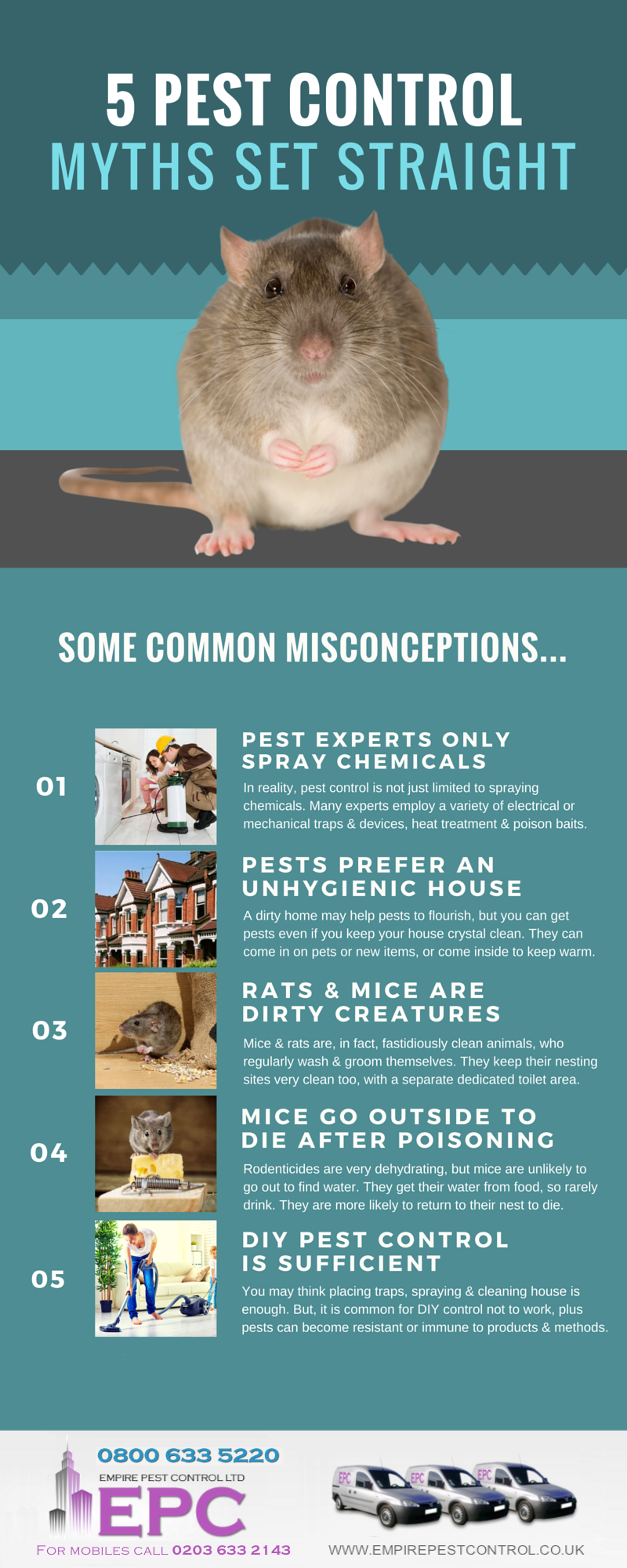Discover The Keys Of Rodent Actions And Revolutionize Your Pest Control Strategy! Obtain Expert Understandings Currently And Bid Farewell To Those Pesky Critters For Good!
Discover The Keys Of Rodent Actions And Revolutionize Your Pest Control Strategy! Obtain Expert Understandings Currently And Bid Farewell To Those Pesky Critters For Good!
Blog Article
Write-Up Created By-Holgersen McNamara
Think of having the ability to prepare for the actions of your challengers in a game of chess, always remaining one action ahead.
In the world of bug control, recognizing rodent behavior resembles having that critical advantage. By obtaining https://garrettmewog.blog5star.com/26178319/protect-against-bug-infestations-get-in-touch-with-us-for-specialist-bug-control-solutions into the nesting habits, feeding patterns, and interaction and social actions of rats, you can effectively deal with these pesky animals.
However how precisely do kill sugar ants in house act, and why is it important to recognize? In this conversation, we will decipher the secrets of rodent behavior, offering you with valuable knowledge that will aid you remain in advance in the fight versus pests.
Are you all set to reveal the keys of these shrewd creatures?
Nesting Behaviors
To comprehend rodent actions and effectively control pests, it is necessary to gain understanding right into their nesting behaviors.
Rodents, such as mice and rats, have a natural instinct to discover sanctuary and produce nests where they really feel risk-free and safe and secure. These nests work as their homes, reproducing premises, and storage space locations for food. Comprehending their nesting practices can help you identify prospective areas of problem and implement targeted control steps.
Rodents normally prefer nesting in dark, remote rooms, such as attic rooms, cellars, crawl spaces, and wall surface spaces. They utilize materials like shredded paper, fabric, insulation, and even chewed-up electrical wires to build their nests.
Feeding Patterns
Rats exhibit distinctive feeding patterns that play a vital duty in their actions and can educate efficient bug control strategies. Recognizing these patterns is vital for executing successful parasite control measures.
Rodents are opportunistic feeders, indicating they'll eat whatever food is readily available. They've a preference for high-calorie foods such as grains, nuts, and seeds. mealybug control is why proper storage of food and waste administration are crucial in avoiding rodent invasions.
Additionally, rats are nocturnal, which means they're most energetic throughout the night when they search for food. By understanding their feeding patterns, you can purposefully put catches and lures to optimize their efficiency.
Maintaining food resources inaccessible and maintaining a tidy setting can help prevent rats and decrease the risk of infestation.
Communication and Social Actions
Comprehending exactly how rodents communicate and interact socially is important for effective insect control strategies. https://www.usda.gov/media/blog/2021/03/29/keeping-airline-passengers-and-wildlife-safe-aphis-and-its-partners-work , like mice and rats, have complex communication systems that they use to communicate details per other and collaborate their tasks. Below are three key aspects of rodent communication and social habits:
1. Articulations: Rats generate a wide range of singing audios, including squeaks, chirps, and babbling, to interact with each other. These articulations can share numerous messages, such as risk cautions or mating phone calls.
2. Scent noting: Rats use scent glands to leave chemical signals on things and in their atmosphere. These scent marks work as territorial boundaries and connect information concerning reproductive condition, prominence, and social association.
3. Social hierarchy: Rodents have a hierarchical social structure, with leading individuals having accessibility to resources and liked nesting sites. Recognizing this power structure is important for targeting pest control efforts and recognizing essential individuals for removal.
Final thought
So, there you have it - a quick glimpse right into the interesting globe of rodent actions. By understanding their nesting habits, feeding patterns, and communication, we can much better take on the issue of insect control.
Did you understand that a women mouse can generate approximately 10 litters per year, with each litter containing around 5-6 pups? This astonishing statistic highlights the importance of punctual and effective pest monitoring to stop rodent populaces from spiraling out of control.
